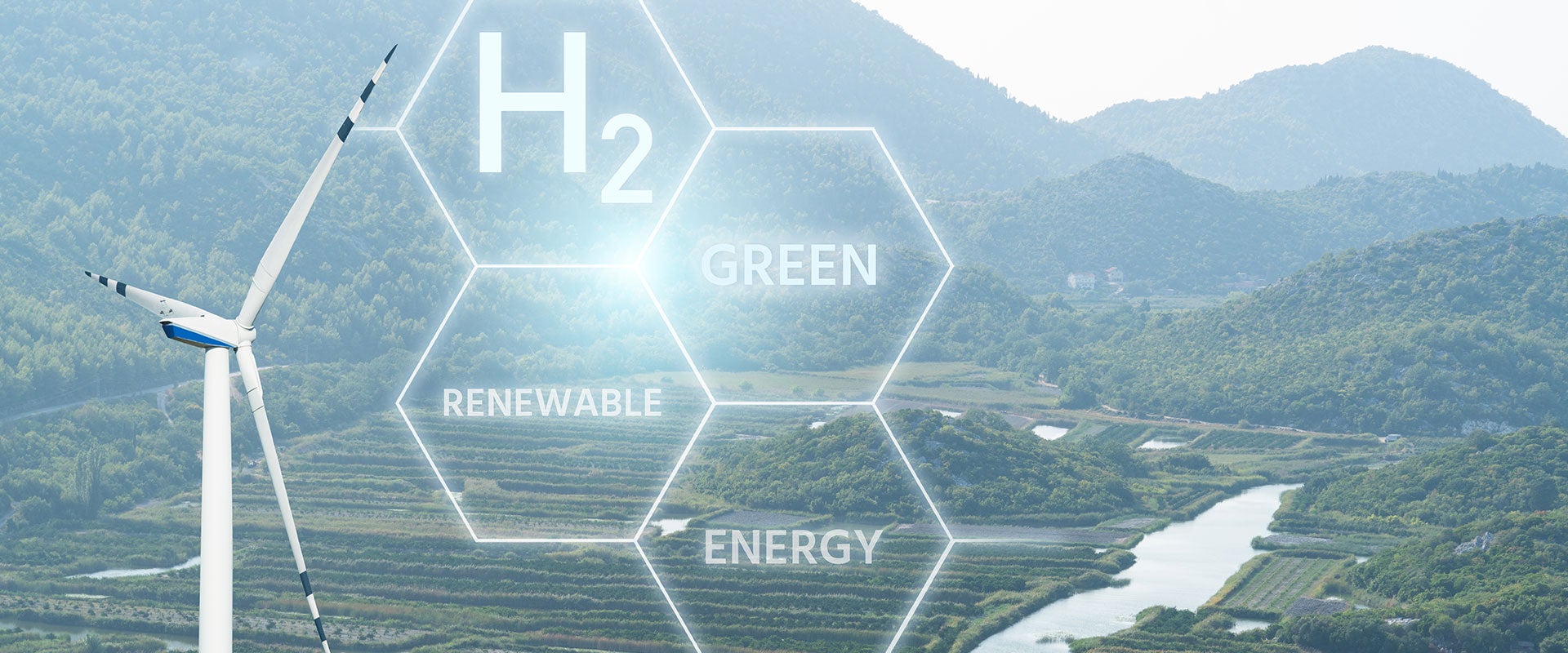Hydrogen can be used to power a range of vehicles. Hydrogen-powered vehicles typically consist of an electric drive motor, a fuel cell and a liquid hydrogen storage tank.
Transport is one of the early use cases that can support the transition to hydrogen fuels. However, its suitability depends on several key factors:
-
Capital premium of fuel cell electric vehicles (FCEVs) compared to other zero emission vehicle (ZEV) technologies.
-
Storage and distribution challenges, especially ensuring attractive economics during ramp-up, before the industry is at scale.
-
The physical and chemical properties of hydrogen, which mean it can’t always be easily retrofitted into existing transport vehicle designs.
-
The speed at which alternative technologies are evolving, in particular battery technologies.
-
The extent to which there are suitable alternatives. In some transport use cases there are no compelling alternatives to hydrogen. The additional financial cost may need to be incurred to meet our net zero emissions targets.
Consequently, each transport use case needs to be examined independently to understand how hydrogen might play a role.
Passenger vehicles: Lithium-ion battery technology is well advanced. There were more than 10 million battery electric vehicles (BEVs) and plug-in hybrid vehicles on the world’s roads in 2020 compared to just over 25,000 FCEVs. FCEVs benefit from a significantly higher energy density than batteries, decreasing fuel weight and refuel duration. However, they come at a significant price premium. Hyundai’s FCEVs are currently c.4 times more expensive than the equivalent internal combustion energy vehicles (ICEVs). With battery technology (range and density) improving quickly, FCEVs may be relegated to niche use cases where range cannot be adequately served by BEVs.
Buses: Hydrogen fuel cell electric buses (FCEBs) offer a longer range than battery electric buses (BEBs) and have lower infrastructure requirements at the depot. However, they are commercially unviable at present. The cost of hydrogen remains high and with current FCEB manufacturing limited, they are significantly more expensive than BEBs. This has been a key barrier to widespread adoption. Even at a delivered hydrogen cost of $2/kg, capital cost reductions of FCEBs are required to break even on a total cost of ownership basis with ICE alternatives. With 80%-90% of metro routes able to be serviced by BEBs, FCEBs are most suited to long-range applications such as coaches, and certain routes where en route fast charging may not be practical.
Aviation: There are several alternative energy sources in contention for reducing the emissions intensity of aviation. The main issue with hydrogen is that the energy density of liquid hydrogen is only 25% of jet fuel, therefore reducing space for fare-paying passengers or cargo. Airbus has presented three concept planes which it says could be ready for deployment by 2035. Each has required some modification to its standard designs, and all three configurations are envisaged as hydrogen hybrids.
Rail: The first hydrogen train was launched by Alstom in 2018. The Alstom Coradia iLint regional passenger train aims to show that fuel cell technology could provide sufficient capacity, range and speed to mirror today’s diesel trains. From a design perspective, rail is more suited to hydrogen, as it can cater to larger volumes with limited modification. This improves the economics. The attractiveness of hydrogen depends on the alternative cost of electrification and is highly dependent on the specific use case. For example, hydrogen-powered trains would be most attractive in remote and rural areas with infrequent operation.
Trucks and other heavy vehicles: Current and even projected future battery technology may not be enough to store as much energy required to power trucks and other heavy haul vehicles without taking valuable cargo space and weight. Hydrogen would be most suited to those use cases with high-frequency predictable routes. Predictability of routes allows for consolidation of storage and refuelling infrastructure, which can improve the cost economics of hydrogen.







